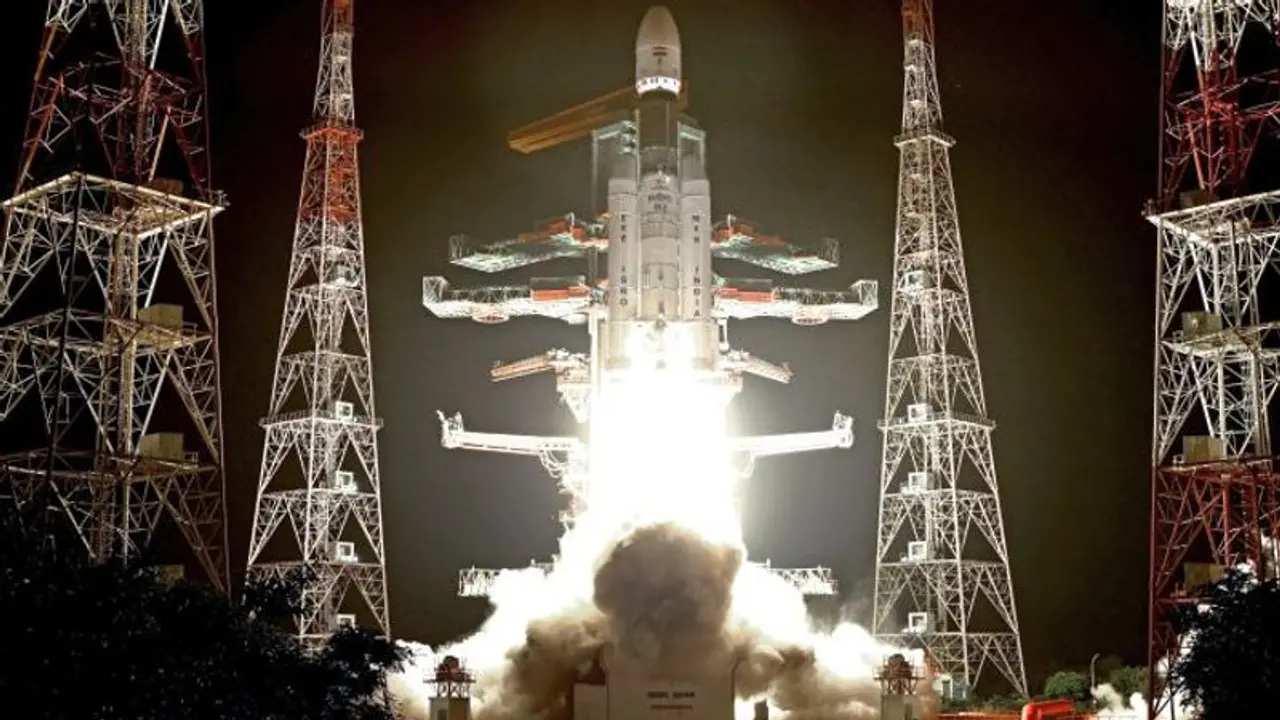According to ISRO chairman Somanath S, the launch was 'very historic' for the Indian Space Programme and the country. This will pave the way for more launches in the future, he said.
Indian Space Research Organisation has successfully launched the LVM3-M2/OneWeb India-1 Mission from Satish Dhawan Space Centre (SDSC) SHAR, Sriharikota. Prime Minister Narendra Modi on Sunday congratulated the space agency, IN-SPACe and NewSpace India Ltd (NSIL) after ISRO's heaviest rocket successfully placed 36 broadband communication satellites of a UK-based customer into the intended orbits on its maiden commercial mission.

The Prime Minister wrote on Twitter: 'Congratulations @NSIL_India @INSPACeIND @ISRO on the successful launch of our heaviest launch vehicle LVM3 with 36 OneWeb satellites meant for global connectivity. LVM3 exemplifies Atmanirbharta & enhances India's competitive edge in the global commercial launch service market.'
OneWeb Ltd is the UK-based customer of NSIL -- ISRO's commercial arm -- and a global communication network powered from space, enabling internet connectivity for businesses and governments. One of the major investors in OneWeb is Bharti Enterprises.
The LVM3 lift-off happened on at 0007 hours on Sunday, October 23, 2022. The satellites, which successfully separated from the rocket, were dispensed in nine phases over a period of 75 minutes. All 36 satellites are operational, OneWeb informed.
According to ISRO chairman Somanath S, the launch was 'very historic' for the Indian Space Programme and the country. Stating that this was the first-ever commercial launch of LVM3 with the heaviest payload to Low Earth orbit, Somanath said that the LVM3 was primarily conceived for launching geostationary satellites with a payload capacity of 4T, which can be used for launching 6T payloads for Low Earth orbit. The mission was designed so that the C25 stage used in-house built inertial navigation systems to handle this operation. The satellite injection was precise to the customer's expectations. This will pave the way for more launches in the future.'
This is one of the most significant commercial orders by ISRO and NSIL and the first to use the LVM3 rocket. The LVM3 launch vehicle is based on indigenously-developed technology that has not delivered four consecutive successful missions. These include the Chandrayaan-2 mission.
The launch vehicle also went through several critical tests as a part of the human rating for the Gaganyaan programme. The cryo stage was uniquely designed to orient and re-orient in an orthogonal direction to meet the customer requirements of injecting satellites precisely and with a gap to avoid a collision.
